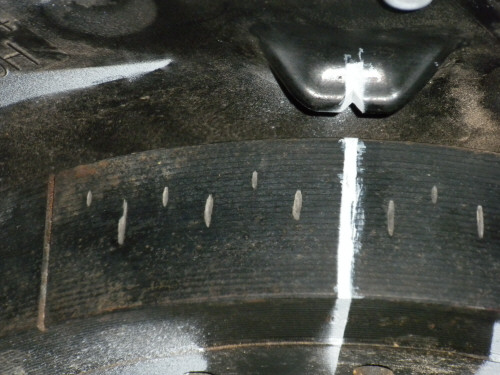- Joined
- Aug 14, 2014
- Messages
- 4,310
- Reaction score
- 1,355
- Location
- Madison, WI
- My Car
- 1971 Mach 1 w/408C stroker
I bought a set of MSD timing tapes for my balancer but none of them matches the marks. Which tape or how are you measuring total timing? I guess i could measure the first 5/10 degrees and make marks at 20, 30 and 40, but the space is kind of cramped down there.
I am contemplating purchasing a new distributor and would like to check the total timing. I am looking at a duraspark reman one, Cardone 84-2893 with the large cap. It first will run with a MSD StreetFire box.
Sent from my SAMSUNG-SGH-I337 using Tapatalk
I am contemplating purchasing a new distributor and would like to check the total timing. I am looking at a duraspark reman one, Cardone 84-2893 with the large cap. It first will run with a MSD StreetFire box.
Sent from my SAMSUNG-SGH-I337 using Tapatalk





